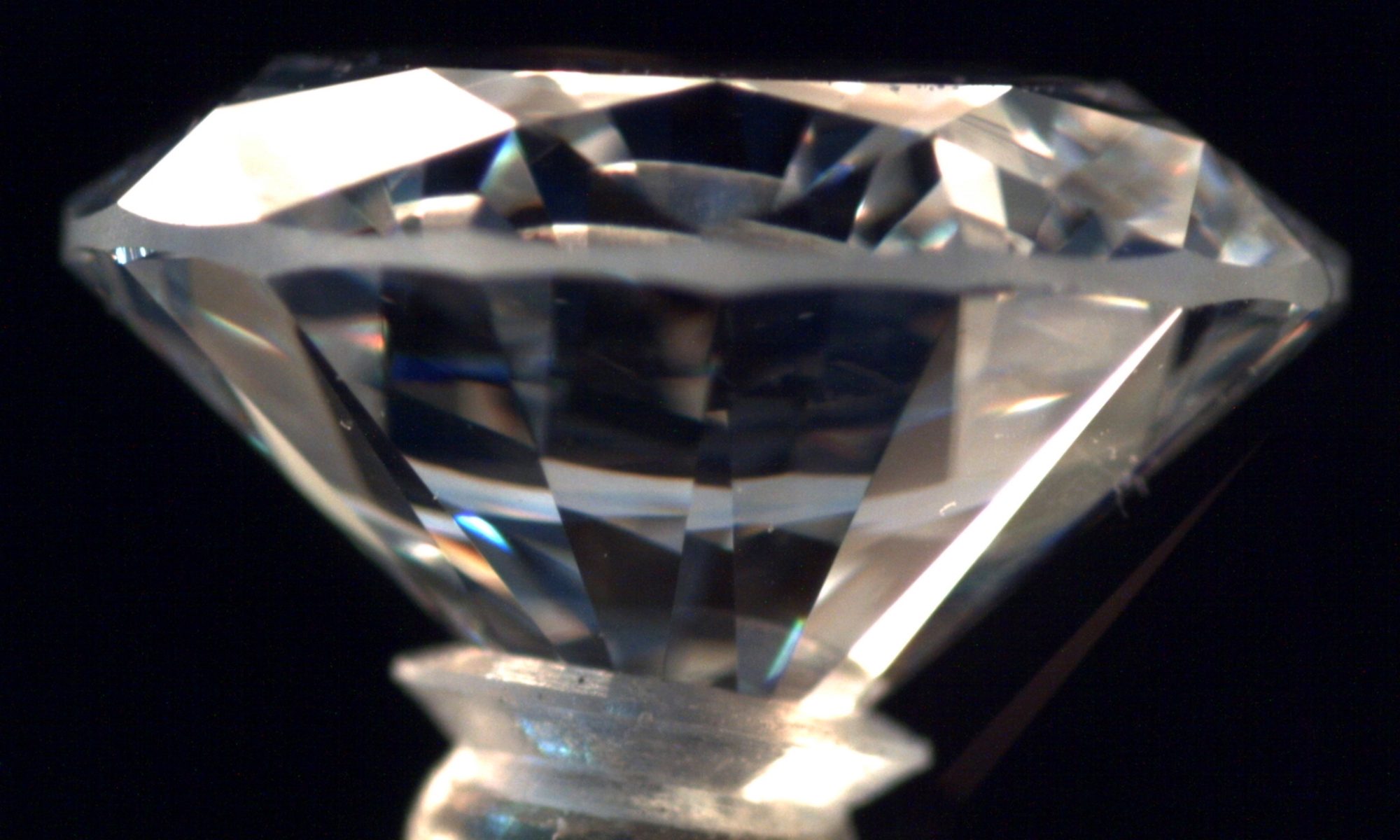Functions of the Girdle
Structural Protection
The girdle helps protect the diamond from chipping and damage, particularly along its edges.
A properly proportioned girdle ensures the diamond remains stable when set in a ring, pendant, or other jewellery.
Facilitation of Setting
The girdle provides a secure surface for jewellers to grasp and set the diamond in different types of mounts, such as prong, bezel, or tension settings.
A girdle that is too thin can be fragile, while an excessively thick girdle can add unnecessary weight without enhancing the stone’s beauty.
Influence on Light Performance
While the girdle itself does not directly affect a diamond’s brilliance, an extremely thick girdle can trap light, reducing overall sparkle.
A well-proportioned girdle complements the diamond’s cut and symmetry, contributing to optimal light reflection and refraction.
Types of Girdle Finishes
The girdle of a diamond can be finished in different ways, affecting both appearance and durability:
Faceted Girdle
The most common finish in modern diamonds.
Consists of small, polished facets around the circumference, improving light reflection and enhancing the stone’s overall appearance.
Often seen in round brilliant and fancy-cut diamonds.
Polished Girdle
A smooth, glass-like girdle with no visible facets.
Often used in high-quality diamonds to create a seamless transition between the crown and pavilion.
Provides a sleek, elegant look but does not enhance brilliance.
Bruted Girdle (Rough Girdle)
A frosted or slightly grainy appearance, common in older diamond cuts such as the Old European and Old Mine cuts.
This finish results from the traditional bruting process, where diamonds are shaped against each other to form a round outline.
Less common in modern diamonds but still seen in vintage jewellery.
Girdle Thickness and Its Importance
Girdle thickness varies from extremely thin to extremely thick, and this measurement impacts both durability and appearance. The GIA (Gemological Institute of America) and other grading labs assess girdle thickness using terms such as:
Girdle Thickness Description Potential Issues
Extremely Thin Very fine edge, barely visible. Prone to chipping, especially in prong settings.
Thin Visible but delicate. Can still be fragile in daily wear.
Medium Ideal thickness for durability and aesthetics. No major concerns.
Slightly Thick Adds slight weight to the diamond but remains secure. No major concerns.
Thick to Extremely Thick Very pronounced edge. Adds unnecessary weight without increasing face-up size, reducing value.
Key Considerations:
Ideal Range: A medium to slightly thick girdle is generally preferred for durability without adding unnecessary weight.
Fancy Cuts: Certain fancy-cut diamonds (e.g., marquise, pear, heart) often have thicker girdles to reinforce delicate points.
Avoiding Chipping: Very thin girdles can be risky, especially in high-contact jewellery like engagement rings.
Impact of the Girdle on Carat Weight
The girdle affects a diamond’s spread (face-up size) and carat weight:
A thicker girdle can add to the carat weight without making the diamond appear larger.
An overly thick girdle may result in a smaller apparent size, as more weight is concentrated in the middle rather than the top view.
A thin or medium girdle maximises the face-up appearance of the diamond.
For buyers, this means that a poorly proportioned girdle can lead to paying for extra carat weight that does not translate to visible size.
